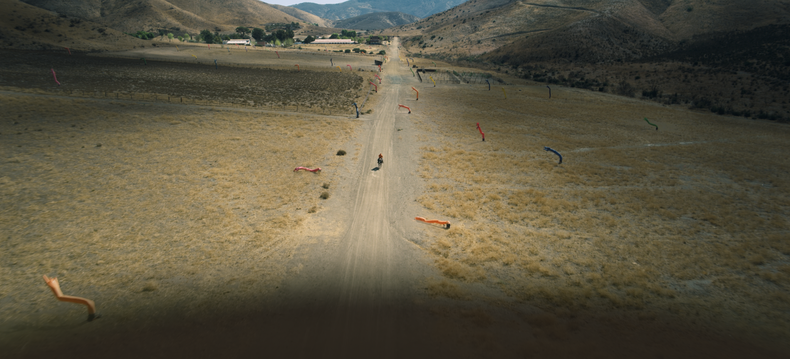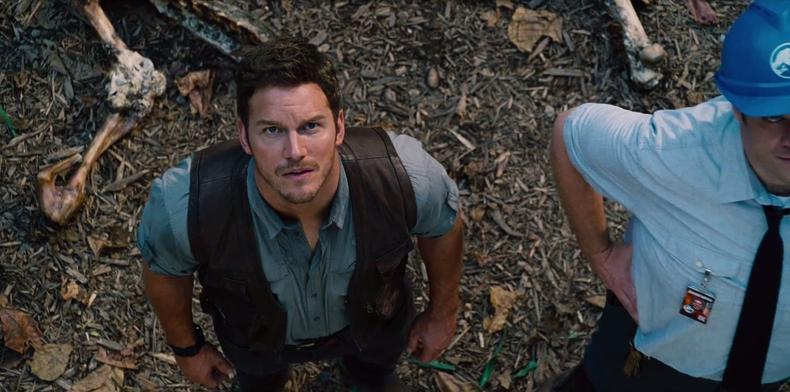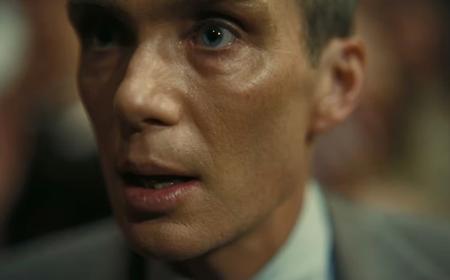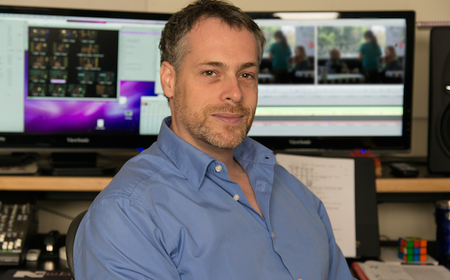
Whether portraying a character as small and weak or depicting a god-like bird’s-eye view, the high-angle shot is commonly used by filmmakers to create mood, tension, and emotion.
JUMP TO
 “Uncharted” Courtesy Sony Pictures
“Uncharted” Courtesy Sony Pictures
A high-angle shot is a technique in which the camera is elevated and pointed down toward the subject from above. After raising the camera using their hands, a tripod, a crane, or a drone, the filmmaker points the camera downward toward the shot subject. The subject is often juxtaposed next to other objects or with actor blocking to accentuate the angle.
 “Nope” Courtesy Universal Pictures
“Nope” Courtesy Universal Pictures
The high view camera angle affords great flexibility for filmmakers, who can use it in a close-up, medium, or wide shot. The shot can create a visceral sense of danger, indicate that a character is weak, highlight details, or show size and scope.
Emphasize danger and tension
By showing characters in relation to the space around them, a high camera angle can engender a sense of tension and danger. This is especially useful when emphasizing great heights.
For example, in “Vertigo,” Alfred Hitchcock uses the high-angle to depict people hanging off buildings, looking down stairwells, and in other generally treacherous situations. The high-angle shot accentuates this danger by making the audience (fittingly) feel a sense of vertigo.
Often, the high-angle shot takes the place of the POV of a looming threat. When you angle down on your characters—as in this shot from "Jurassic World"—the audience feels the immensity of the danger they're in.
 "Jurassic World" Courtesy Universal Pictures
"Jurassic World" Courtesy Universal Pictures
Show weakness and vulnerability
High-angle shots can make their subject seem vulnerable or helpless. When Andy escapes prison in “The Shawshank Redemption,” for example, the high-angle shot is used to imply how exposed he feels out in the world—and also, how free.
 "The Shawshank Redemption" Courtesy Columbia Pictures
"The Shawshank Redemption" Courtesy Columbia Pictures
Illustrate character dynamics
Because it comes from above, the high-angle shot lends a sense of "power" over the subject. If a scene wants to convey that one character has more authority, control, or dominance over another, a high-angle does the trick.
 "Doctor Strange in the Multiverse of Madness" Courtesy Walt Disney Studios
"Doctor Strange in the Multiverse of Madness" Courtesy Walt Disney Studios
Convey size and scope
When high-angle shots are truly high, they can show a panoramic view of a subject’s location. For example, this shot from "Kingdom of Heaven" gives a sense of how staggeringly large the army in the background is compared to the single character in the foreground.
 "Kingdom of Heaven" Courtesy 20th Century Fox
"Kingdom of Heaven" Courtesy 20th Century Fox
 “Spider-Man” Courtesy Sony Pictures
“Spider-Man” Courtesy Sony Pictures
The following steps can help you shoot a high-angle shot for your own film project.
- Make a shot list: Spend time making a shot list of the other shots you’re using in the scene. Talk with the director, cinematographer, and editor to make sure everyone thinks the high-angle shot will fit and be helpful in the final cut.
- Get up high: In order to execute a high-angle shot, you need a tripod, apple box, or any other item to (safely) get a little bit of lift under the camera.
- Be creative: If you’re using a hand-held or on a Steadicam, you’ll need to use creative staging tactics such as asking actors to sit or lie down to effectively film from above.
- Point the camera down: Point the camera down, using a higher angle than the subject, and shoot away.
- Experiment: Be sure to experiment with your high-angle shot: Test out the same shot as close, medium, and wide shots. Try different levels of elevation. Experiment with angle height and severity—for example, a gentler angle may take away some of the urgency, while an eyeline shot creates a sense of character perspective. Think about what your story needs and how these shots fit together in the whole. The sky’s the limit with this technique. Do extensive run-throughs and spend time perfecting the look.
 How to Use Wide Angle Shots as a Director & Cinematographer
How to Use Wide Angle Shots as a Director & Cinematographer 


















